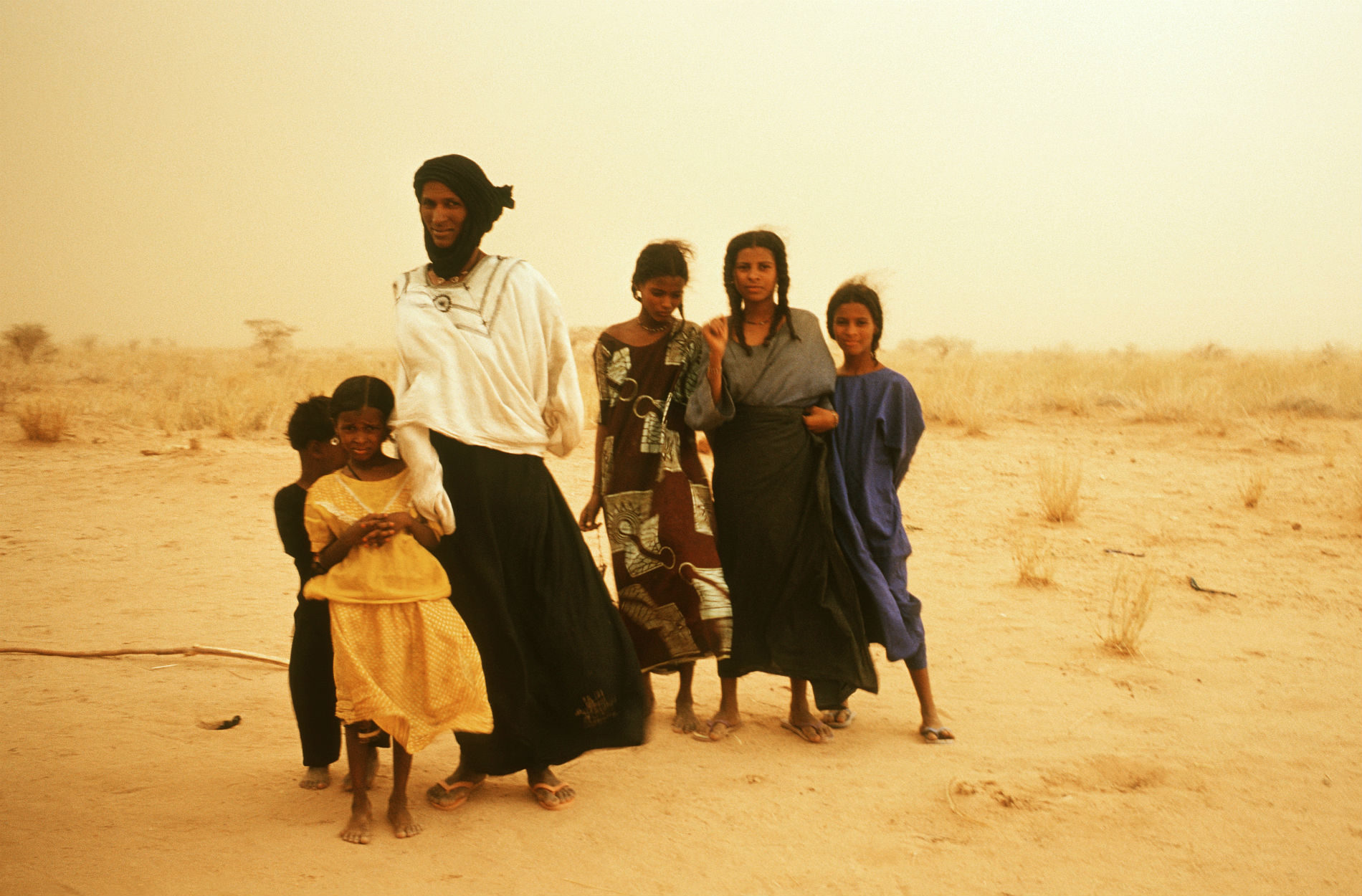In this edition, Lacuna magazine explores some of the realities of life in the Western Maghreb and exposes some of the challenges we face when attempting to understand it.
The idea of exploring the desert is dangerously romantic. Rational thoughts wander towards elongated shadows of camel caravans languidly treading over dunes that evaporate into the sunset. The armchair orientalist may not be stirred from her daydreaming, the beauty and seduction of this picture is unrivalled. But reality eventually catches up. The Sahara has always been inhabited, I quickly remind myself. Resilient communities have made it their home, fighting harsh conditions with the imperative of human survival. That desert belongs to them and their stories.
Present day Western Maghreb is a socially and politically complex region that blurs the borders of neighbouring states spanning numerous cultural and national identities. This geopolitical mosaic, and the contradictions that inevitably arise from it, cannot be described in just a few words. It is the people in the camps, villages, towns and cities whose voices must be heard in an attempt to navigate society in and around the Sahara.
Their lives are intertwined with the bitter legacies of colonialism and the current waves of radicalisation. New and old opponents from the outside and from within threaten these communities’ existence, their opportunities for development and political recognition. There seems to be a recurring theme of resistance to subjugation. The violence suffered at the hands of European colonialists and the defamatory cultural consequences endured by the local population. The paralysing fear instilled into the hearts of those communities by the creeping menace of jihadist groups. The denial of political identity, segregation and gross human rights abuses imposed by oppressive governments. The region can only be seen in context, through the eyes of its inhabitants.
In Forty years in exile journalist and photographer Tomaso Clavarino provides an in-depth investigation into the struggle of the Saharawi people to survive in the Western Sahara. Through a combination of text, picture galleries and video clips, this feature takes readers to the stretch of land between the Algerian border and the Mauritanian one and tells the stories of Saharawi communities living on both sides of the wall. On one side are the “liberated” territories controlled by the Polisario Front, on the other the “occupied” territories under Moroccan control. In the absence of a political settlement, the Saharawi people remain vulnerable to violence and exposed to humanitarian emergencies.
Lauren Beadsworth reviews Timbuktu, the latest film by Mauritanian director Abderrahmane Sissako about the difficulties of life for a small town in Mali suddenly taken over by jihadists. In Timbuktu: An Uncertain Future she gives us a glimpse of how the movie weaves the personal story of a cattle herder and his family with the emerging regime imposed by the jihadists.
In The Politics of the Other, Tony Boardman provides an insightful review of a new novel by Algerian journalist Kamel Daoud, The Meursault Investigation. The book re-imagines the events of Albert Camus’ 1942 masterpiece, The Outsider (L’Etranger), offering a rich, provocative investigation of identity and place in post-colonial Algeria.
And Rebecca Omonira, Lacuna Magazine’s writer-in-residence, reflects on Henrietta Butler’s latest book The Tuareg or Kel Tamasheq: the people who speak Tamasheq in Uncovering the stories of the Sahara. It is a collection of essays, poems, art, photographs, old manuscripts, letters and notes from early explorers documenting Tuareg life, which sheds light on the events unfolding in the Sahar today.
